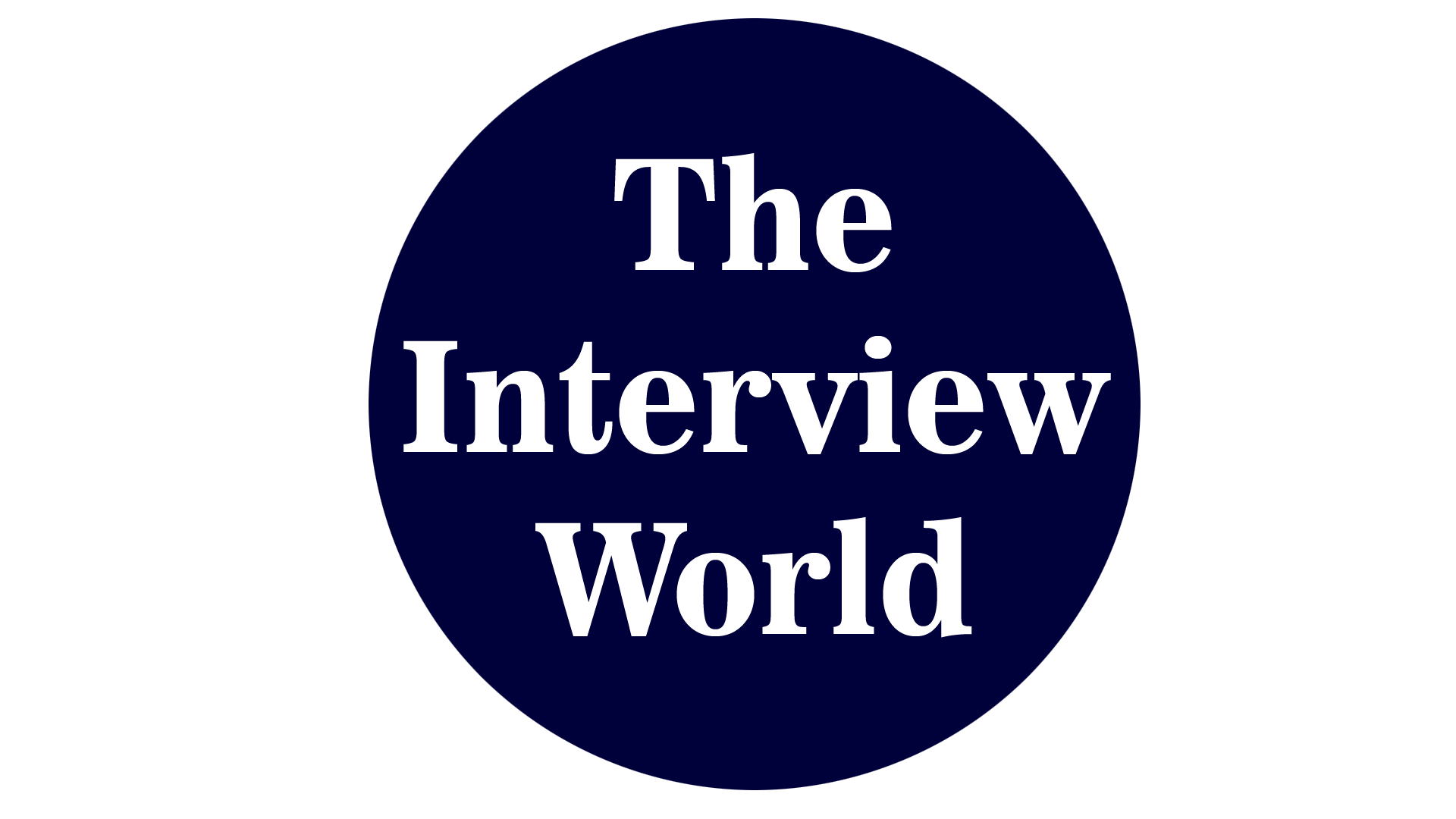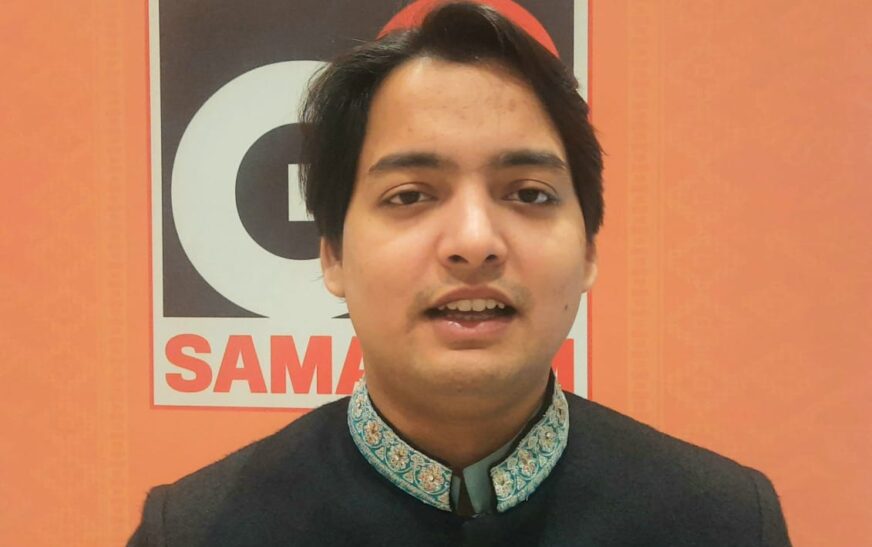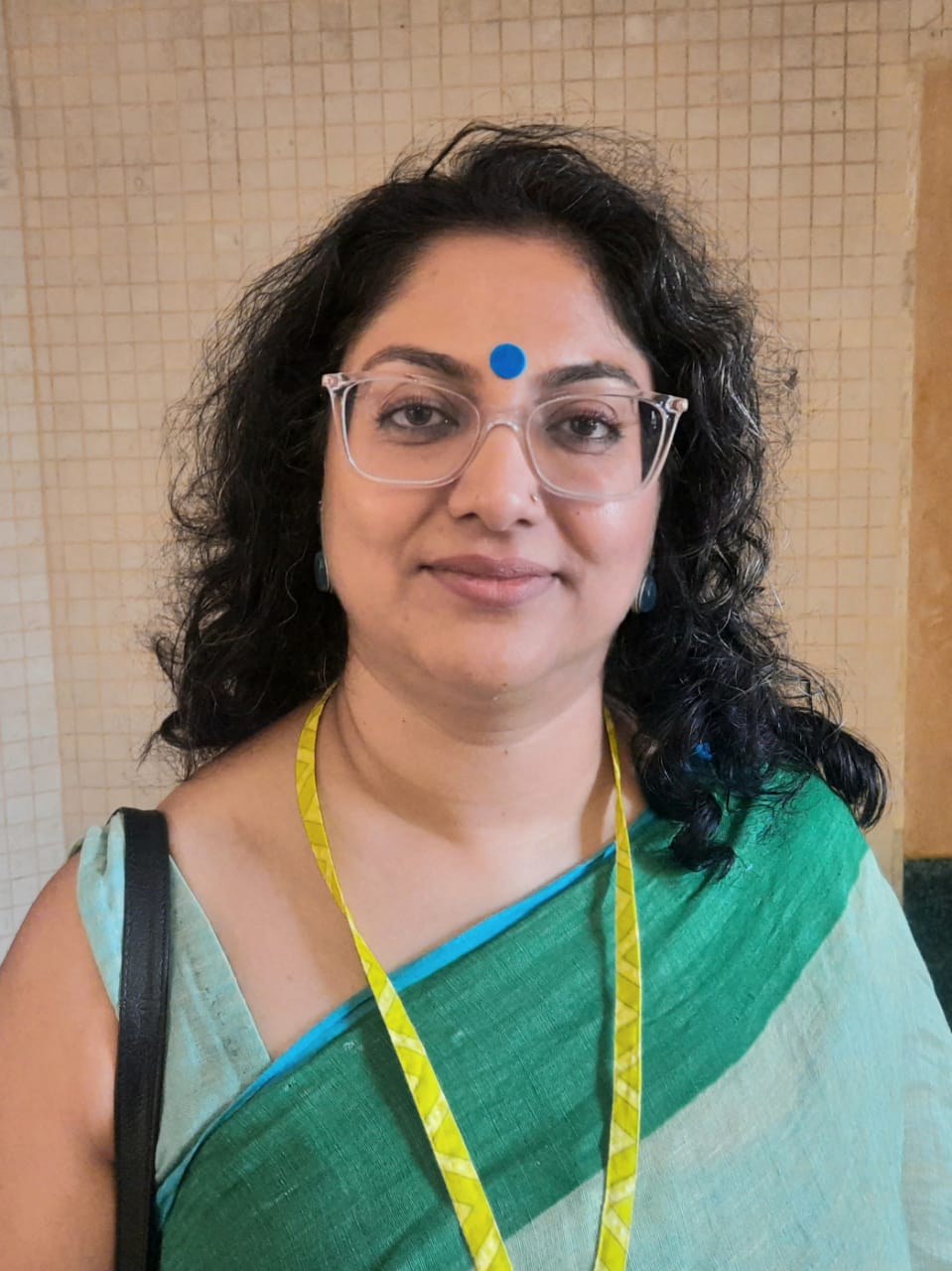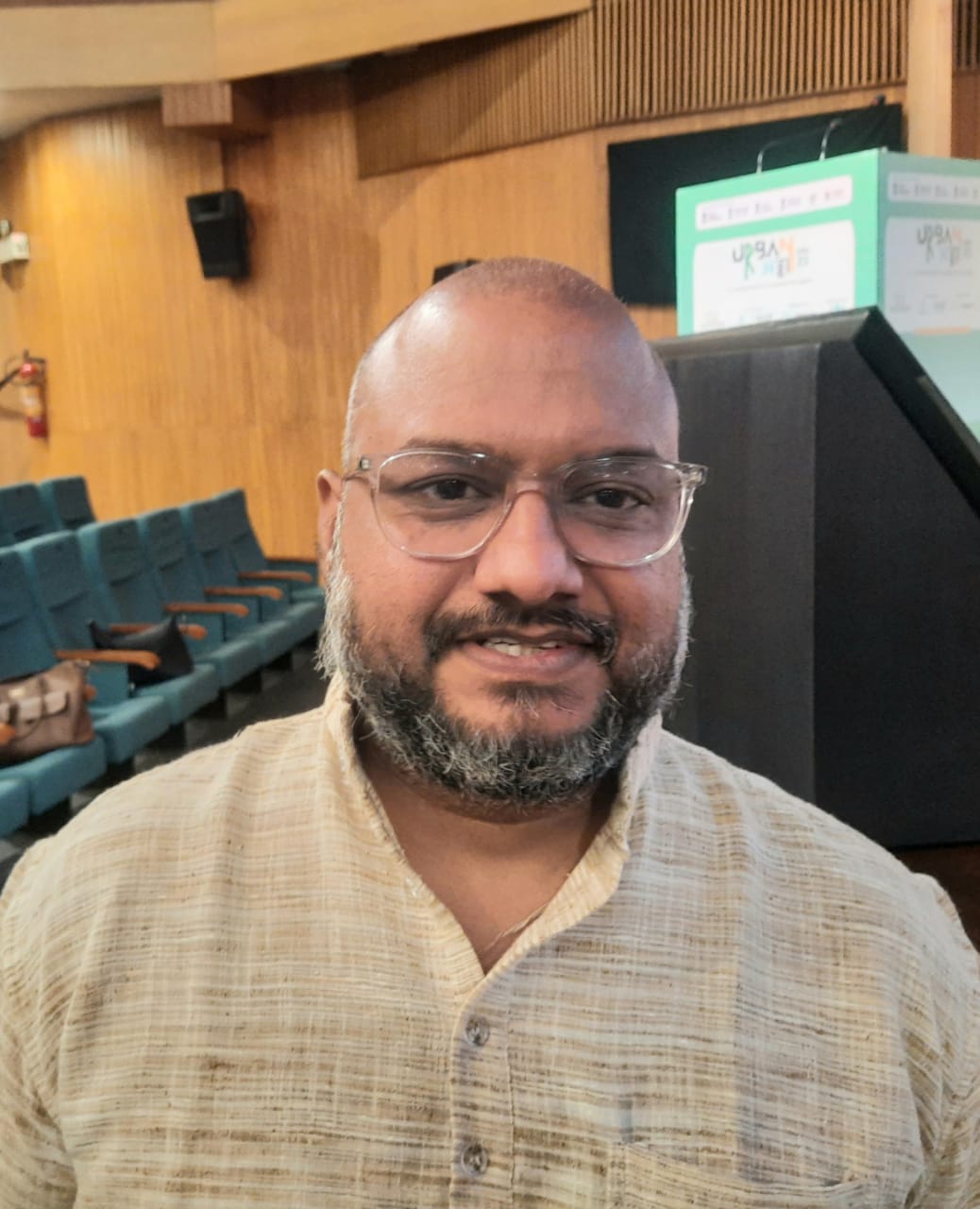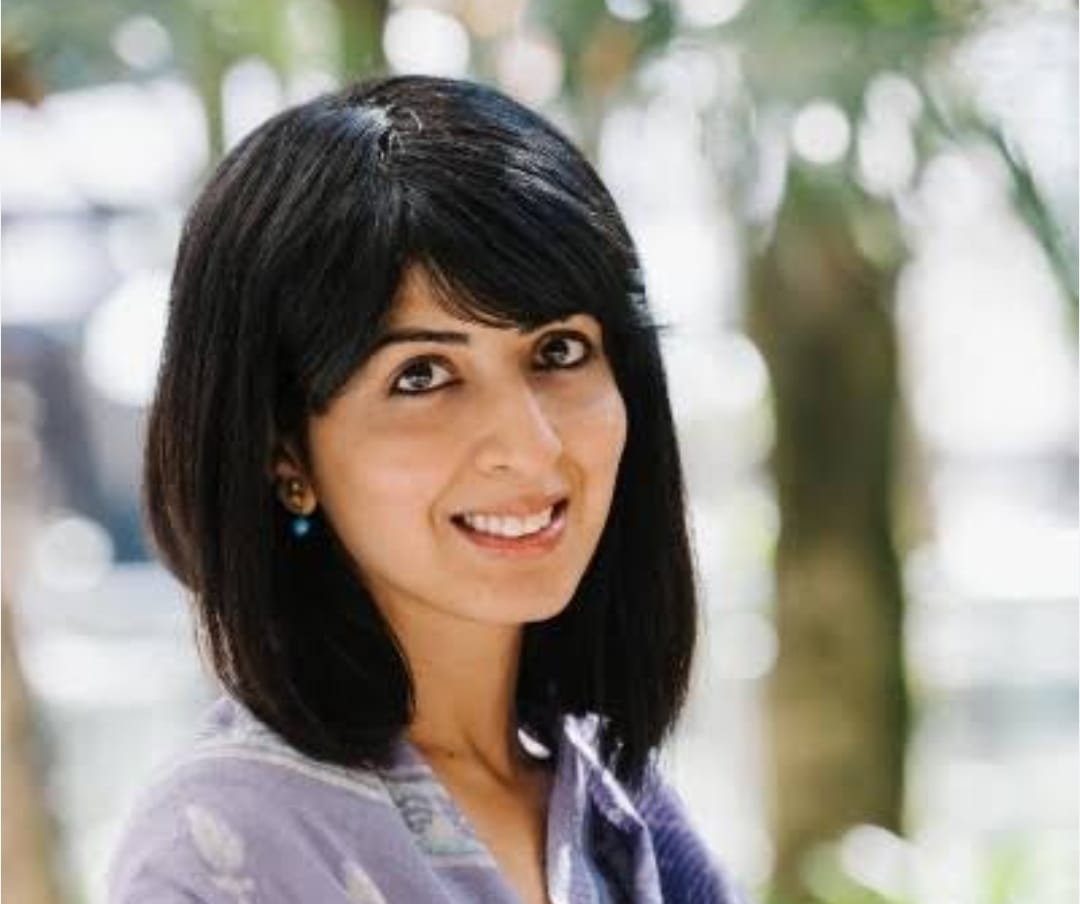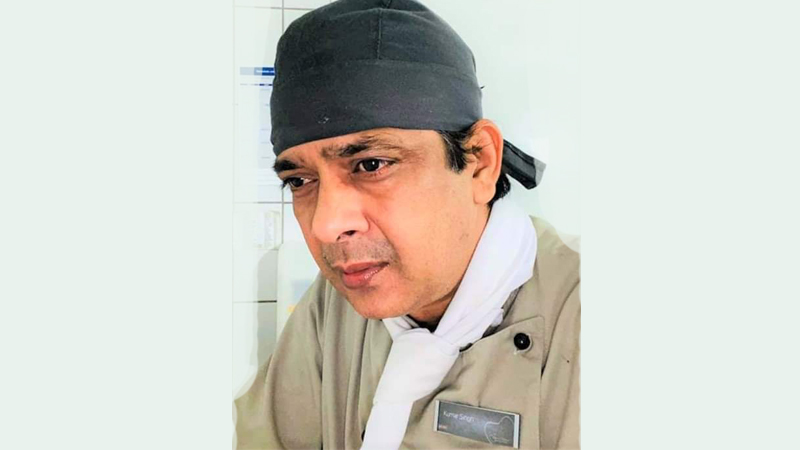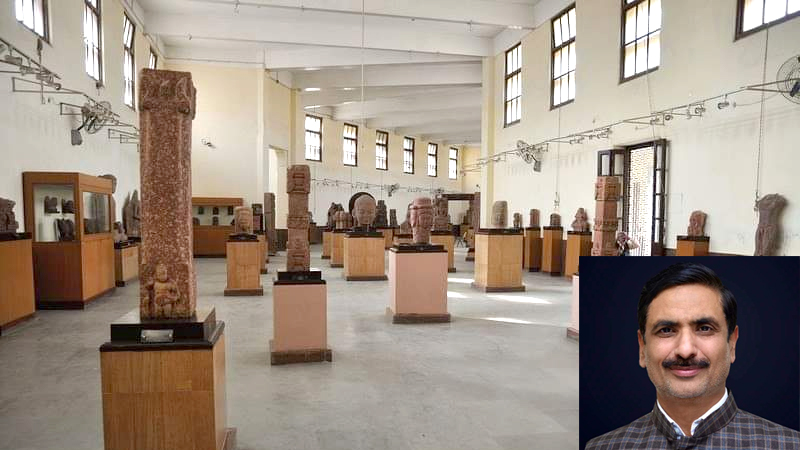Mehtab Ali Niazi hails from the illustrious Bhendi Bazar Gharana, a distinguished lineage within Indian classical music. He is both the son and disciple of the legendary sitar virtuoso, Ustad Mohsin Ali Khan, who began his musical training at the tender age of four.
Mehtab’s musical odyssey began early. At just six years old, he made his debut performance on the occasion of Pt. Birju Maharaj’s birthday, where his mesmerizing skill left the audience spellbound. Since then, he has captivated listeners across the country with his distinctive and soulful approach to the sitar, earning admiration from both peers and connoisseurs alike.
His relentless commitment to his craft has garnered him several prestigious accolades. These include the Surjyotsna National Music Award, presented by the Government of Maharashtra in 2022, and the Shanmukhananda Fellowship Award in 2019, 2020, and 2022. In 2021, he was celebrated as one of India Today’s Next 100 Achievers. Additionally, his artistry was featured on the cover of the prestigious Spotify playlist, ECHO.
Beyond his live performances, Mehtab has showcased his versatility through contributions to Bollywood soundtracks and independent projects, demonstrating his dual mastery as both a sitarist and a vocalist. His dedication and innovation continue to position him as a rising star in the classical music realm, consistently impressing listeners with his expanding talent.
In an exclusive conversation with The Interview World, Mehtab Ali Niazi delves into the personal significance of the sitar, his journey of merging traditional Indian music with contemporary influences, his collaborations in fusion performances, and his perspectives on the sitar receiving its GI tag. Here are the key insights from this compelling dialogue.
Q: What does the sitar represent to you personally, and how has it shaped your musical journey?
A: To me, the sitar is not just an instrument—it is life itself. I often reflect that had I not become a sitar player, I would have struggled to find a sense of direction or purpose. Academic pursuits were never my forte, nor did I shine in sports. But with the sitar, I found my true calling. It was through this art form that I discovered my passion, a path that has shaped me in ways I could never have imagined. I feel profoundly blessed that my father introduced me to the sitar, offering me a gateway to a meaningful, fulfilling journey.
Q: Could you share more about your journey of blending traditional music with modern influences, and how this fusion has evolved in your work?
A: I have been playing the sitar for nearly 21 years, starting my musical journey at just four years old. As I grew up, I began to notice a stark contrast between my passion for Indian classical music and the indifference of my peers. My classmates and friends, the same age as me, had little to no interest in the sitar. To them, Indian classical music seemed like something from a bygone era, reserved for older generations. They often dismissed it as boring, something irrelevant to their world.
This realization sparked a desire within me to change their perception. I wanted to show them that the sitar was not confined to tradition but could evolve to reflect modern tastes. So, I began playing fusion, pop, and Bollywood tracks on the sitar, blending the old with the new. I sought to demonstrate that the instrument could express contemporary sounds, bridging the gap between generations and cultures. Through this, I hoped to bring my peers closer to a musical form they had overlooked.
Q: Could you tell us about the artists or musicians you’ve collaborated with for fusion performances so far?
A: I have shared numerous pop tracks on Instagram Reels, bringing a contemporary edge to my musical expression. Additionally, I have ventured into the realm of fusion, collaborating with drums, guitars, violin, and keyboards to create unique blends of sound. Beyond this, I lead a band called the Mehtab Ali Niazi Experience, where we explore a dynamic mix of fusion, blues, jazz, and Western influences. Each performance is a journey, a celebration of diverse genres, blending the traditional with the modern, and inviting audiences into a rich, evolving musical dialogue. Through these varied musical explorations, I continue to push the boundaries of what the sitar can express, drawing from multiple influences to craft an experience that resonates across cultures and genres.
Q: Have you had the opportunity to collaborate or perform with any Western artists at musical events?
A: I had the privilege of collaborating with a jazz band from Europe, though the exact name eludes me. Despite the fleeting details, the experience itself remains unforgettable. The synergy between our distinct musical backgrounds created a rich, dynamic exchange, blending the timeless elegance of jazz with the soulful resonance of the sitar. It was a truly beautiful collaboration—one that transcended geographical boundaries and showcased the universal language of music.
Q: What is your perspective on the GI (Geographical Indication) tag for the sitar, and its significance for the instrument’s heritage?
A: As I mentioned on stage, it is an immense honour for all of us that the sitar has been officially recognized as a Geographical Indication (GI). The sitar has long stood as a symbol of India on the global stage, a testament to the legacy of the great Pandit Ravi Shankar. To witness it finally receiving the recognition it so rightfully deserves is truly gratifying. This acknowledgment not only celebrates the sitar’s cultural significance but also elevates its position in the global musical landscape, ensuring its legacy continues to inspire generations.

